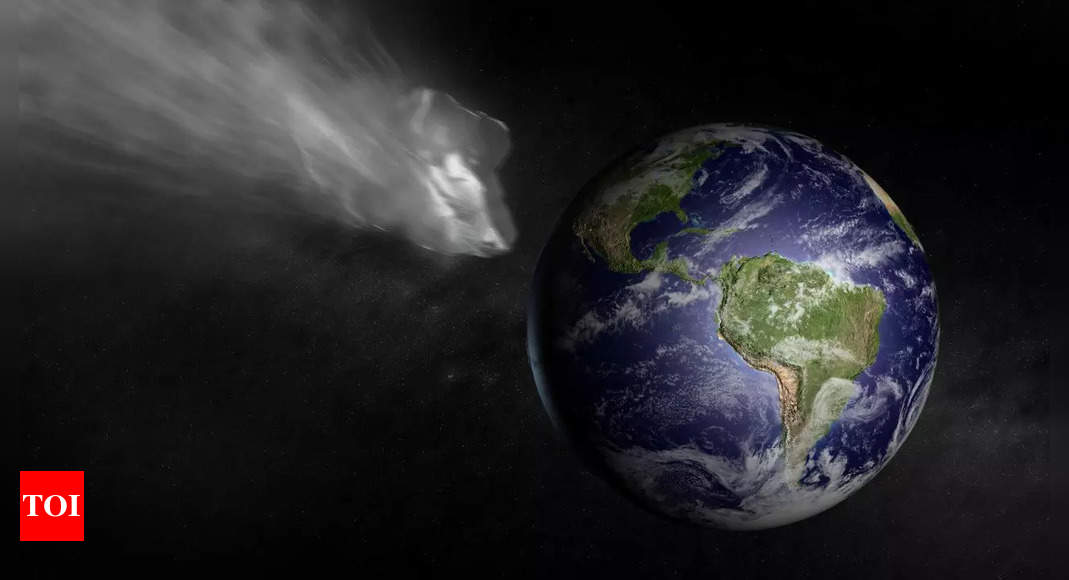Time: 2024-06-17
While the Earth hurtles through space, NASA and other observatories keep a vigilant eye on near-Earth objects (NEOs) that could potentially collide with our planet. By tracking the orbits of these objects, astrophysicists can estimate future paths and assess the risk of impact. Two important scales, the Palmero and Torino scales, are used to determine the likelihood of collisions and the level of threat posed by these objects.

In a recent development, NASA detected an asteroid named 2024 LB4, comparable in size to a commercial airliner, on a trajectory to pass within 1,800,000 miles of Earth on June 16, 2024. Despite its size, the asteroid's approach is considered safe by astronomical standards, being nearly eight times the distance between Earth and the Moon. This discovery is part of NASA's ongoing efforts to monitor NEOs and ensure the safety of our planet.
NASA's Jet Propulsion Laboratory (JPL) plays a crucial role in tracking and studying asteroids like 2024 LB4. Using a network of telescopes and radar systems, JPL's Center for Near-Earth Object Studies (CNEOS) calculates orbits, sizes, and potential hazards of these celestial bodies. The laboratory's expertise in planetary spacecraft and missions aids in understanding the dynamic nature of our solar system and preparing for any potential threats.
NASA's Planetary Defense Coordination Office (PDCO) works tirelessly to identify and mitigate any potential threats from NEOs. Collaborating with U.S. agencies and international partners, the PDCO develops strategies to protect Earth from impacts. Recent successful missions, like the Double Asteroid Redirection Test (DART), demonstrate viable methods of asteroid deflection. Looking ahead, continued monitoring and research on asteroids will enhance our knowledge of the cosmos and equip us to handle any future challenges that may arise from space.